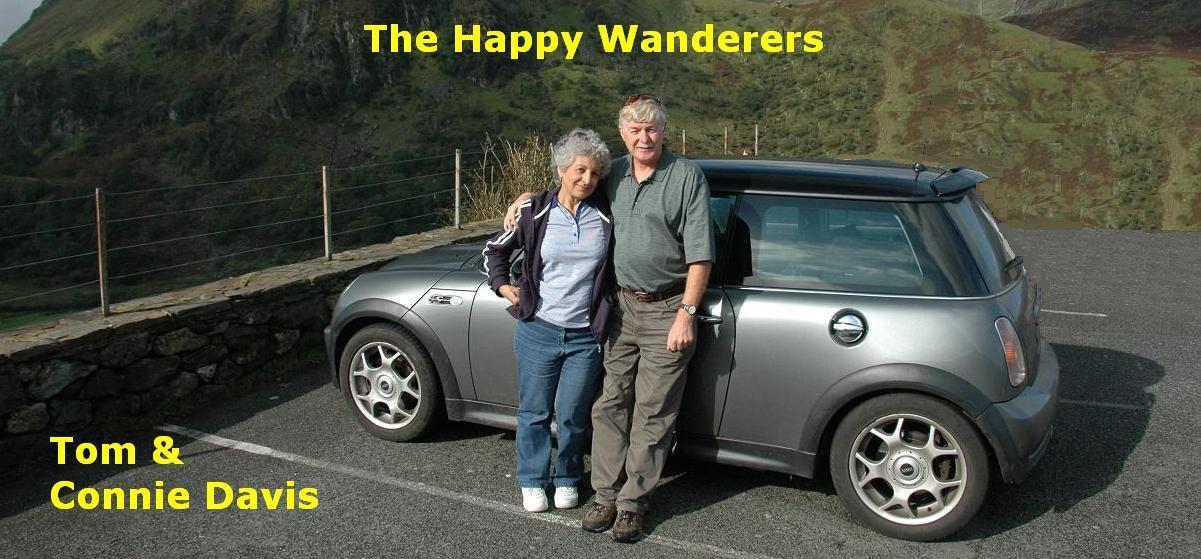
Here's a bit of information on Monkton Farleigh from a Wiltshire government site:
The community was made up predominantly of farm labourers (like my great, great grandfather, Thomas Burton), although there were also clothiers, weavers, maltsters, tailors, shoemakers, carpenters, blacksmiths, grocers, thatchers etc. There are no registers of occupations until 1700. By the 19th century there was a very rapid growth of the industry of stone quarrying and by 1881 Hobhouse stated that nearly half of the labourers were quarrymen. Bath Stone was sent by rail all over the country. The population in 1801 was 264, and in 1851 was 359 (Thomas Burton moved to Monkton Farleigh some time before 1851).
The buildings of Monkton Farleigh are principally two storey buildings, constructed of rubble or of coursed stone (some maybe constructed by Thomas Burton's son, Joseph the mason). They generally display tall, Victorian type chimneys, with stone slate or tiled roofs. Other points of architectural interest include stone mullioned windows and gables. The King’s Arms retains an early 16th century doorway with a 17th century two storey porch, with original windows and a corresponding projection at the back with a circular stair. The Fox and Hounds Inn at Farleigh Wick has curious courtyard and entrance pillars.
The parish of Monkton Farleigh is situated in the extreme north western bend of an isolated chain of hills, at one end of which is Bradford on Avon and another Chippenham. The ground on which the village stands is from 6 to 700 feet in height (733 feet at the Tower on the Down). There is woodland in the south west corner of the parish, as well as small clumps of trees in other places. There is a park and avenue of elms adjoining the Manor House. The village is situated on high ground in the centre of the parish (four miles north west of Bradford on Avon and five and a half miles east of Bath). The village still commands some fine views, especially eastwards. There is sand and clay in the parish, but the soil is generally known as the stone brash. The quarries of freestone are a peculiar feature of the upper or west end of the parish. The A363 from Bradford on Avon to Bath passes through Farleigh Wick, a hamlet at the southern end of the parish. Sir Charles Hobhouse, in his history of the parish in 1881, stated that “probably in all Wiltshire there is no place where the combination of scenery – hill and valley, wood and stream, distance and home views is more varied and beautiful.”


No comments:
Post a Comment